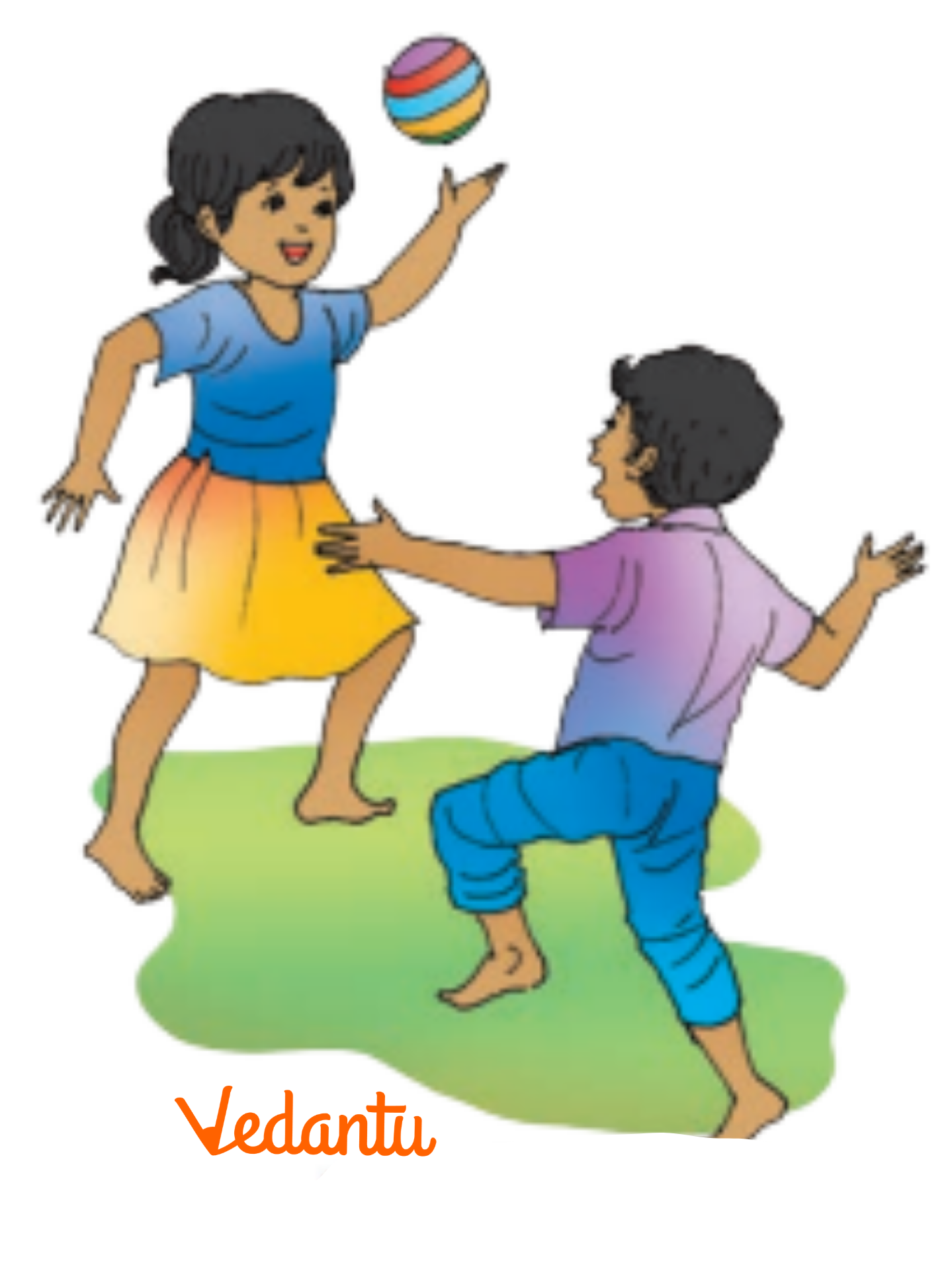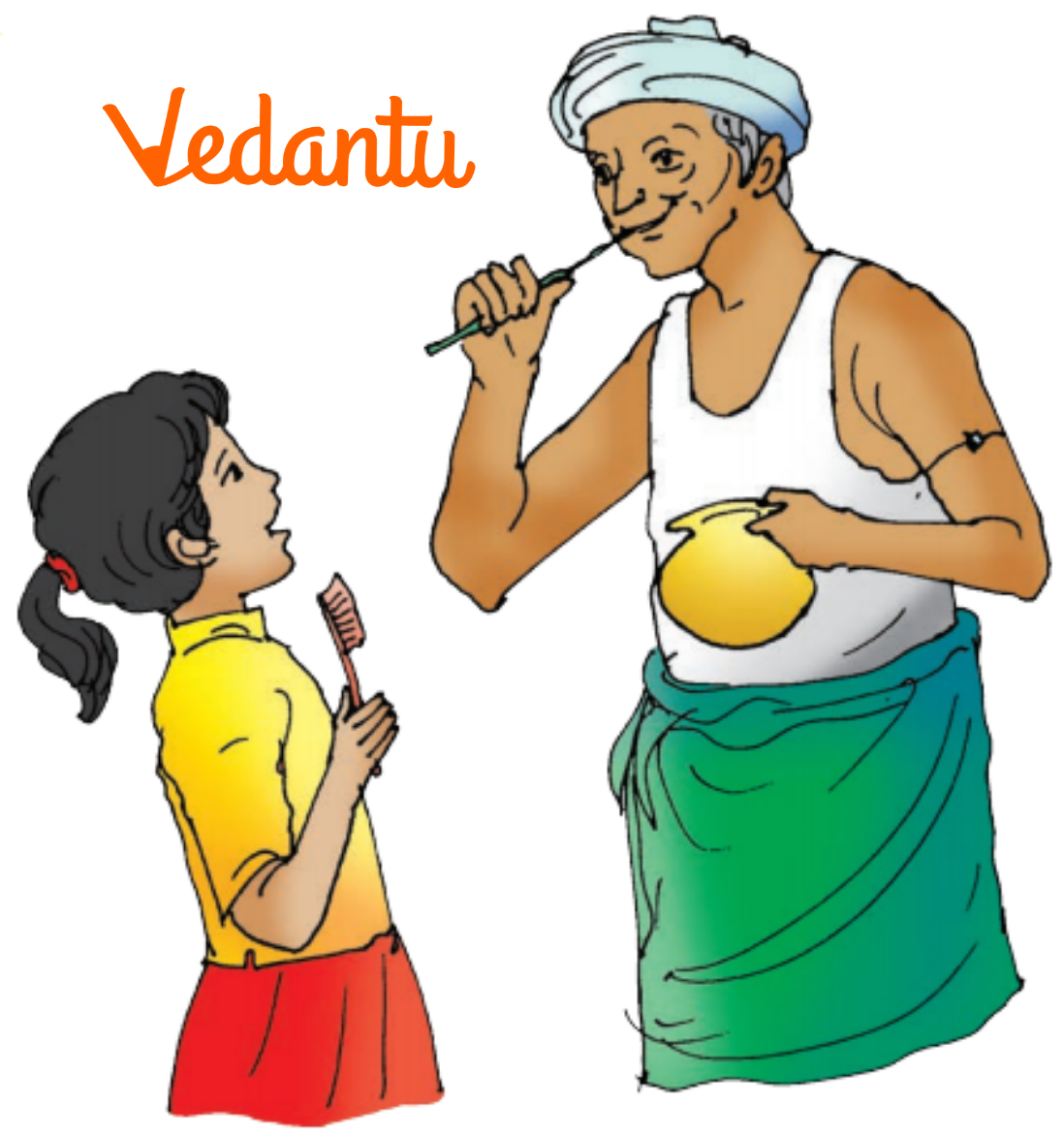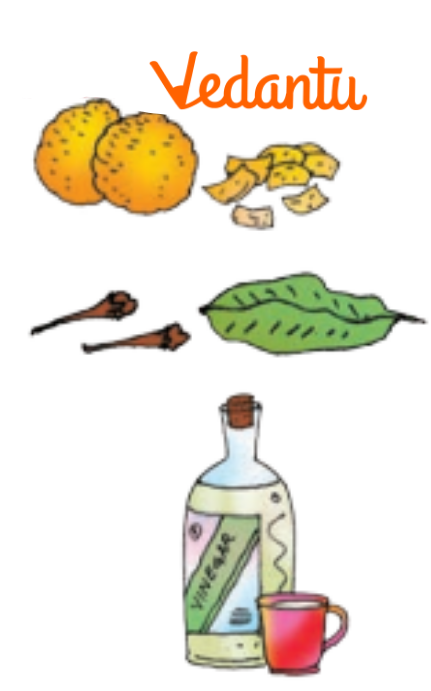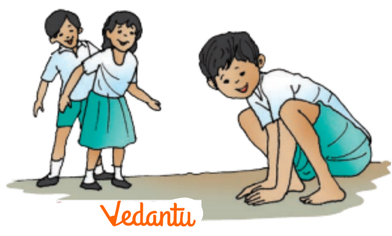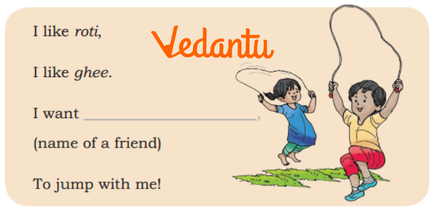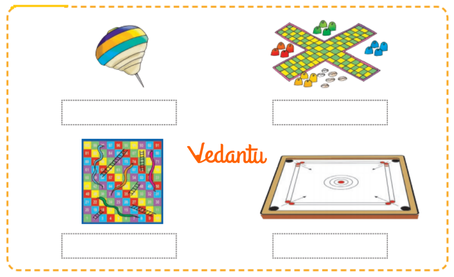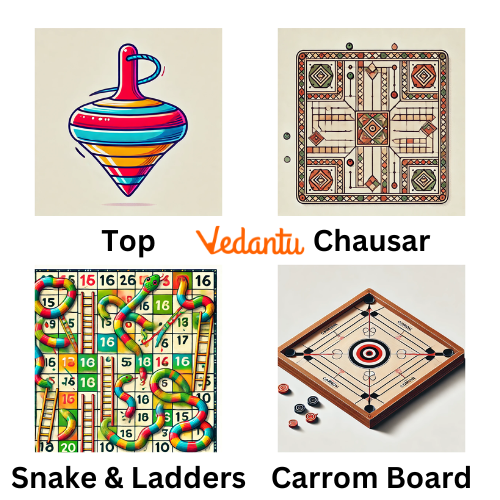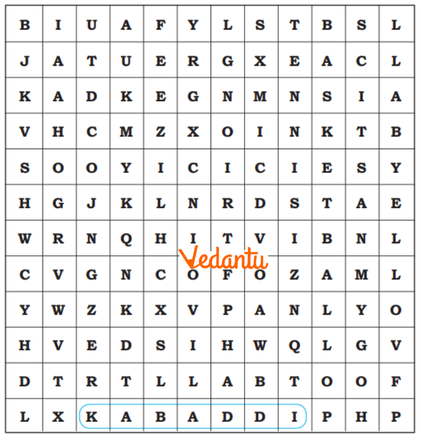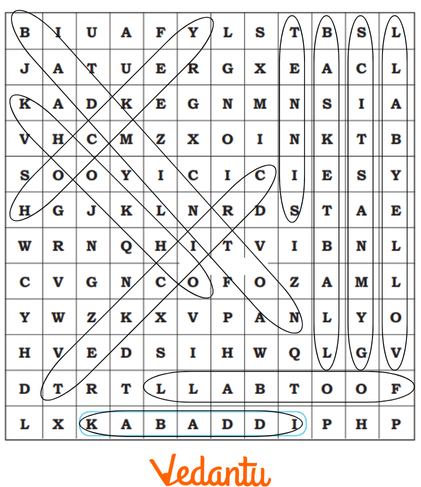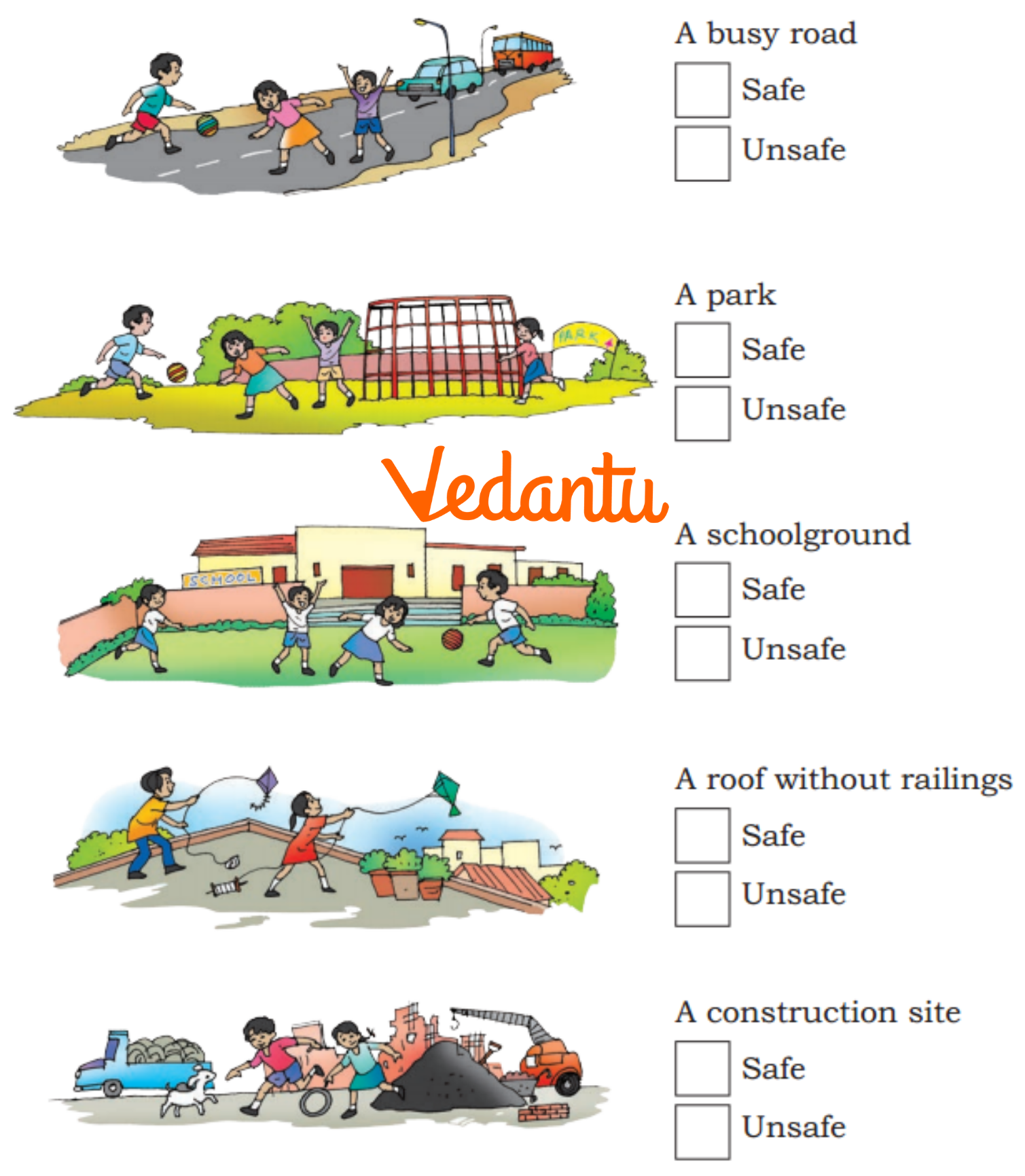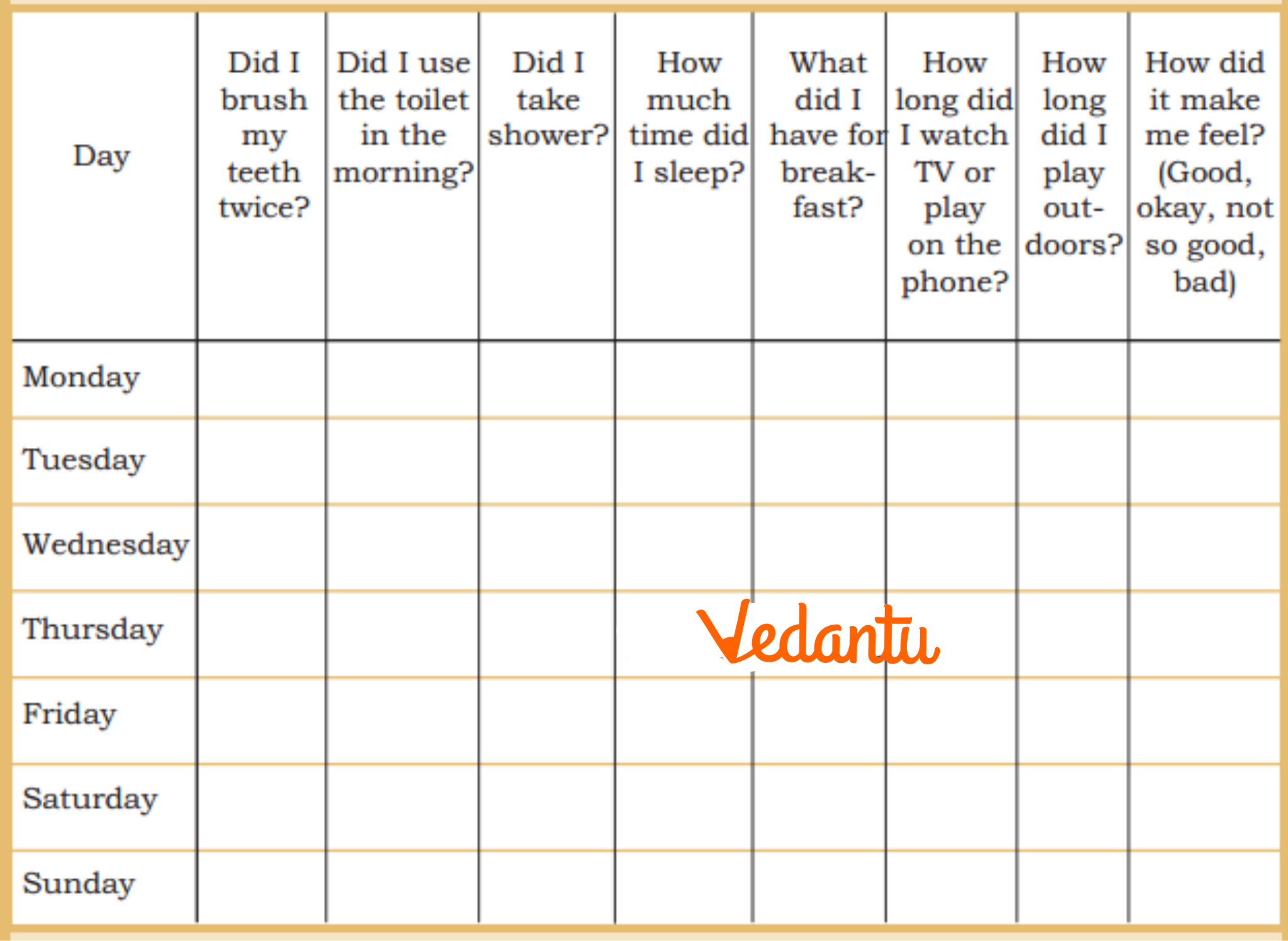Staying Healthy And Happy Questions and Answers - Free PDF Download
FAQs on NCERT Solutions For Class 3 Evs Chapter 9 Staying Healthy And Happy - 2025-26
1. What is the main topic of Chapter 9 in Class 3 EVS?
The main topic is about staying healthy and happy through good habits, proper hygiene, and balanced meals.
2. Why is cleanliness important for staying healthy?
Cleanliness helps prevent diseases by keeping harmful germs away from our body.
3. What are some good habits mentioned in this chapter?
Good habits include washing hands before eating, brushing teeth twice daily, and taking a bath regularly.
4. How does a balanced diet keep us healthy?
A balanced diet provides the necessary nutrients for our body to function well and keeps us fit.
5. Why is exercise important for staying healthy?
Exercise keeps our body active, improves strength, and helps in proper growth.
6. What should we do to stay happy?
To stay happy, we should have good relationships, play with friends, and maintain a positive attitude.
7. How can children avoid getting sick?
Children can avoid getting sick by practising cleanliness, eating healthy food, and staying active.
8. What role does sleep play in staying healthy?
Sleep helps our body to rest and recover, which is important for staying healthy and energetic.
9. What types of food are good for health?
Foods like fruits, vegetables, grains, and dairy products are good for health.
10. How can children develop good hygiene habits?
Children can develop good hygiene habits by following routines like washing hands, brushing teeth, and bathing regularly.
11. What is personal hygiene?
Personal hygiene refers to keeping our body clean to prevent illness and feel fresh.
12. Why is drinking clean water important?
Drinking clean water is important to avoid waterborne diseases and keep our body hydrated.
13. How does playing outside help us stay healthy?
Playing outside helps in physical development, improves immunity, and makes us more energetic.


















